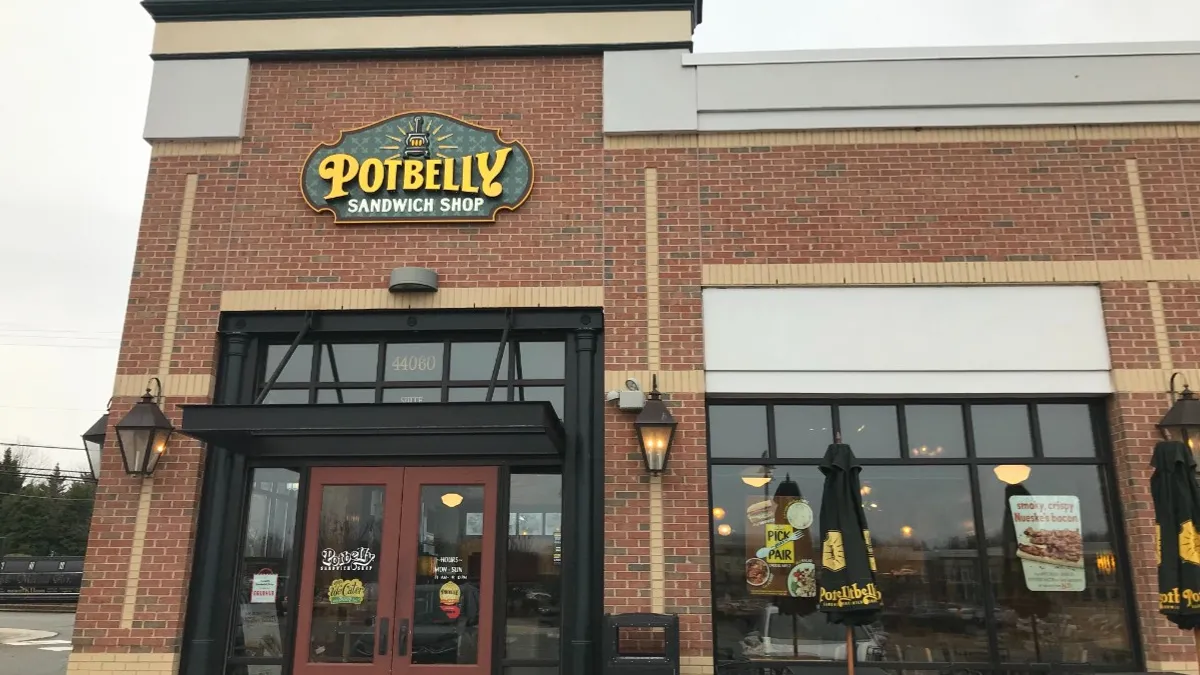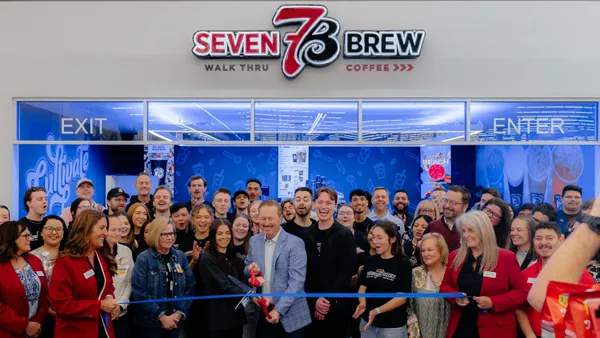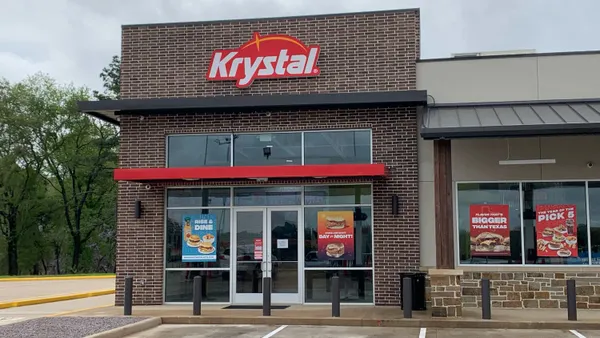Dive Brief:
- Potbelly is considering closing up to 100 shops permanently as part of its cash-preservation strategy due to the economic impact of the novel coronavirus pandemic, according to an earnings release. It temporarily closed 36 company-owned stores during the first quarter due to a lack of profitability during the crisis, Steve Cirulis, Potbelly SVP, CFO and chief strategy officer, said Tuesday during an earnings call with investors.
- “Shops that were not profitable pre-COVID … during this crisis … they’re even more challenged,” Cirulis said. “Around 90% of the shops that we’ve prioritized … for this closure have been previously impaired. And even if you look at the shops that we’ve temporarily closed thus far, there’s a high overlap between those that we’re contemplating closing permanently.”
- So far the company’s cash preservation strategies have included drawing down its $40 million of available capacity under its revolving credit facility and enacting significant capital and expense reductions. The company has also furloughed one-third of its corporate employees and cut salaries for all of its executives and corporate employees by 25%, CEO Alan Johnson said in the release.
Dive Insight:
Before COVID-19 hit the U.S., Potbelly was on track to have its first positive quarterly comp since Q4 2016 and would have had four straight quarters of same-store sales improvement, Johnson said during the call. Comp sales grew 2.5% in January and 4.1% in February, but by the end of March, same-store sales dropped 68%.
Closing up to 100 stores would impact about 23% of its 440 locations. Last year Potbelly closed 21 shops, and only opened nine, according to the company’s Q4 2019 earnings call. While a majority of its stores have been company-owned, Potbelly was planning to double franchise locations by 2024. The chain currently has around 40 franchise locations in the U.S. With the company not planning to open any company-owned locations this year, franchising could help the sandwich chain bulk up its store count in markets where it wanted to expand without having to invest heavily on development.
The company had been looking into new initiatives to help accelerate the brand's turnaround, such as its Project Aurora, which was announced during its Q4 2019 call and was expected to be rolled out to 52 shops. In early March, the company deployed this project in multiple markets, and saw encouraging results, but encountered its first positive COVID-19 cases within a few days of this launch in these markets, Johnson said. These tests have been formally paused since they involved an all-encompassing customer experience, which didn’t make sense with mandated dining room closures. The company is still looking into some of these elements, such as consolidated menu design that makes it easier for customers to find what they want, he said.
The company’s focus going forward will likely be bulking up its off-premise channels, which now include the addition of pickup shelves at all of its shops and the expansion of delivery with new partnerships, which Johnson said helped bring back existing and lure new customers. The chain also has been adding curbside pickup, which helped supplement its 65 drive-thru locations. Any new shops it might open post-pandemic will likely have many of these elements.
These channels helped the chain improve its same-store sales to a negative 45.3% during the first week of May, Cirulis said.
“We're encouraged by the recent momentum, but still expect depressed sales for some time before we once again grow,” Johnson said.















